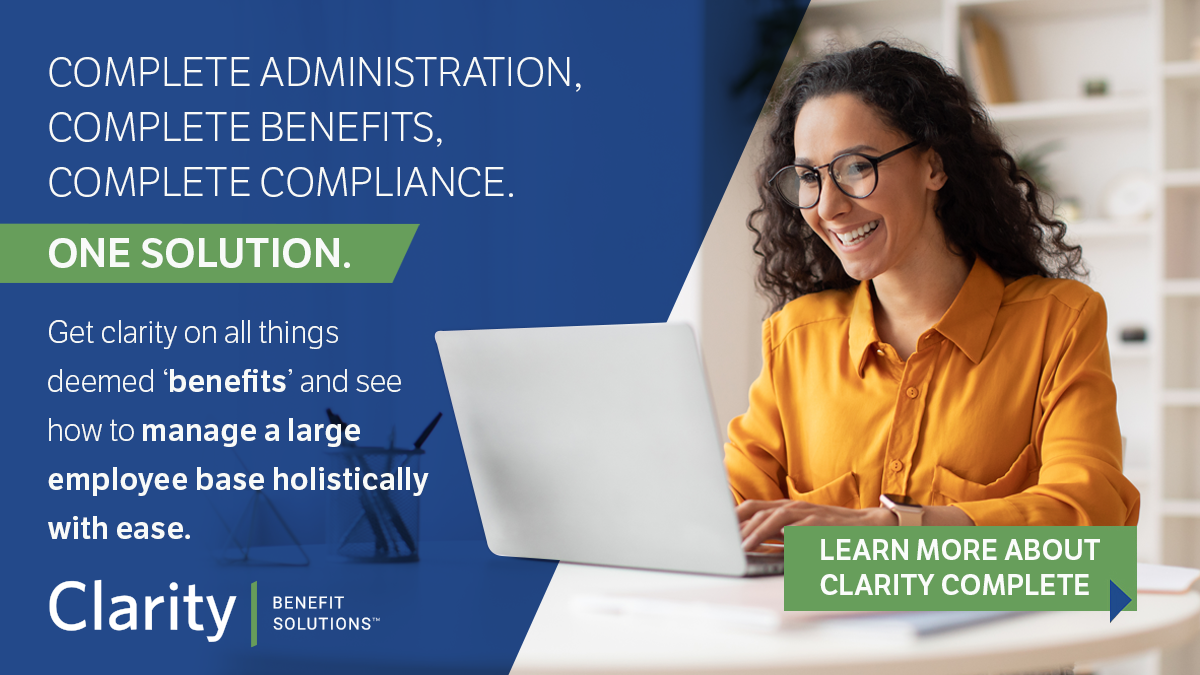
Under-insured and over-insured employees cost more money. Save time and spend less while maximizing retention by connecting employees to the benefit plan that’s most appropriate for them. Read on to learn how.
Scary Stats—Employees Don’t Enroll in The Best Plans. The Result? Employees and Employers Suffer.
Research taught us a lot about employee benefit decisions, and how employees feel about choosing health insurance.
For example, we know that choosing a health insurance plan makes one out of every two employees feel incredibly stressed. We also know that more than 40% of employees feel “extremely confused” by their company’s open enrollment process, and a fifth regret their choice of health insurance.1
What’s more concerning is the fact that the overwhelming majority of employees fail to select the health plan that best suits their needs.
In fact, over 80% of employees spend less than an hour researching health plans and 92% decide to re-enroll in the plan they had last year—a plan which is almost always not best for them.1
Unfortunately, poor healthcare decisions are bad for everyone.
Employees that are over-insured pay more than they need to pay, costing employers more in premiums. They’re also at risk for spending more on unnecessary testing, something that encourages inflation which costs employers more in the long-term.
Under-insured employees are at risk for forgoing necessary testing, and this ends up costing them, and their employer, more. For example, employees that come to work in poor condition cost their company ten times more than what organizations pay for in absenteeism.2
The bottom line is that it’s incredibly important to make sure your employees select the healthcare plan that’s right for them.
A Three-Step Process That Will Connect Employees to Appropriate Benefits
This three-step process will help you connect your employees to the health plans that best suit their needs.
-
Educate
62% of employees prefer to receive benefit information electronically1. So, educate online, but provide opportunities for in-person support.
It’s also important to provide education in small doses.
We suggest creating an “open-enrollment school”—an online course that will equip your employees with the knowledge and skill they need to be able to select appropriate benefit plans.
In such a course, you would deliver information in small, easy-to-digest doses, and give mini homework assignments so employees could practice what they learn and build up their ability to choose a more appropriate healthcare plan.
Employees that have questions could then attend virtual or in-person “office hours” with their benefits manager to get the support they need.
The nice thing about this type of education is that once it’s built, it can be delivered over and over again. So, benefit managers can remove a lot of work from their plate without repercussions. There’s also the potential to demonstrate cost-savings—if employees become savvy selectors of healthcare, the company will save.
-
Communicate
50% of employees describe their employer’s benefits communication negatively, using words like “complex,” “disappointing,” “boring,” and “a waste.”1 So, it’s essential to communicate effectively.
This is one of the reasons why we like the “open-enrollment school” model. It delivers information in the manner employees want, while educating them at the same time. It also provides additional opportunities for personalized support.
Millennials are one of the biggest consumers of online self-help courses. They’re already familiar with this type of support, and they gravitate toward it. Transforming your organization’s benefits communication to align with how younger employees gain skills and improve themselves will yield an array of positive results.
-
Connect
46% of employees spend 30 minutes or less making benefits decisions.1 So, it’s important to connect employees to resources that speed up the enrollment process while still helping them make good decisions.
We offer Emma to address this need.
Emma is an online decision support tool that your employees can use to compare and select benefits. She’ll ask them a series of questions and select several healthcare options based on their information. Employees will be able to see a side-by-side comparison of the plans that best meet their unique needs and select one.
Although, we recommend teaching employees how to understand, research, and select benefit plans. If you do only one thing to improve open-enrollment, connect your employees to a tool like Emma. She’s arguably the easiest way to quickly improve benefit decisions and reduce healthcare costs.
Partner Up for Support
Making sure that employees make smart benefits decisions is one of the hardest challenges employers face. But, you don’t have to go it alone. We provide a range of support services from FSA administration and FSA administrators to decision support tools and more. Learn about how you can receive the support you need today at Clarity Benefit Solutions.
Sources.
1. https://www.shrm.org/resourcesandtools/hr-topics/benefits/pages/open-enroll-benefits-confusion.aspx
2. http://www.ehstoday.com/safety-leadership/presenteeism-costs-business-10-times-more-absenteeism
